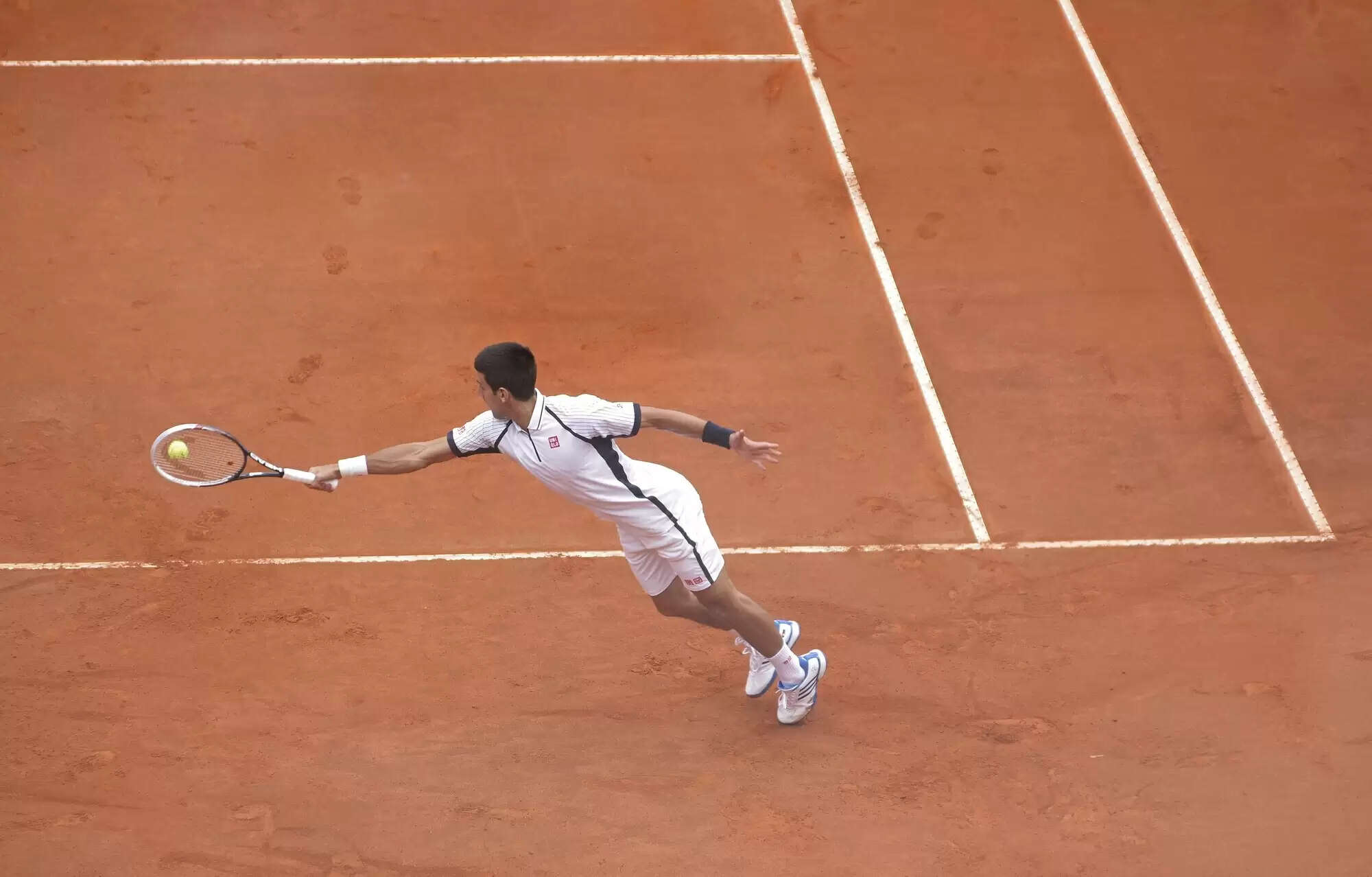Cracking The Code: Athlete Motion Prediction

How Do Athletes Predict the Ball's Path?
Ever wondered how top athletes seem to know exactly where to run to catch a ball just by glancing at it? It turns out that their secret isn't just lightning-fast reflexes – it's about how they predict the ball's movement.
Until now, most models assumed players had to keep their eyes glued to the ball at all times to follow its trajectory.
But new research has introduced a model that combines visual information with environmental factors like gravity to predict how someone will move to catch an object from just one initial look.
The Classic Outfielder Problem
This research tackles what's known as the outfielder problem – a common challenge in physics and neuroscience. It refers to how baseball players position themselves to catch a ball hit into the outfield.
The question is: how do they know where to run without watching the ball the entire time? This new model breaks away from the idea that constant visual tracking is necessary.
How the Model Works
The model blends two key components: visual data from the ball's initial movement and knowledge of gravity's effect on the ball's path. This combination helps predict both where the ball will land and how long it will take to get there.
What sets this model apart is that it considers gravity from the start – something that earlier models overlooked. By including this crucial factor, the model provides more accurate predictions of both the ball's trajectory and the player's movement.
Testing with Virtual Reality
To see if the model holds up, researchers tested it using virtual reality. Participants wore VR goggles and used a handheld device to move to where they thought a virtual ball would land.
The model's predictions matched the participants' movements, showing how humans integrate environmental cues like gravity into their decision-making. The virtual setting allowed scientists to test different ball sizes and gravity levels to fine-tune their findings.
Applications in Sports and Space
This breakthrough isn't just for sports enthusiasts. It could transform how athletes are trained by identifying how sensitive they are to different visual cues. Virtual training platforms could be customized to help athletes improve their decision-making skills.
Beyond sports, the model could also be useful for astronauts, helping them adapt to different gravity levels while interacting with moving objects in space.
What’s Next?
The next step for this research is integrating the model into artificial neural networks – systems that mimic how the human brain processes information. This could pave the way for creating robots that predict and react to moving objects just like humans do. The ultimate goal is to better understand how the brain makes complex decisions and apply that knowledge across various fields.
This new model could redefine how both humans and machines interact with dynamic environments, making everything from sports training to space missions more efficient and effective.
.jpg)
